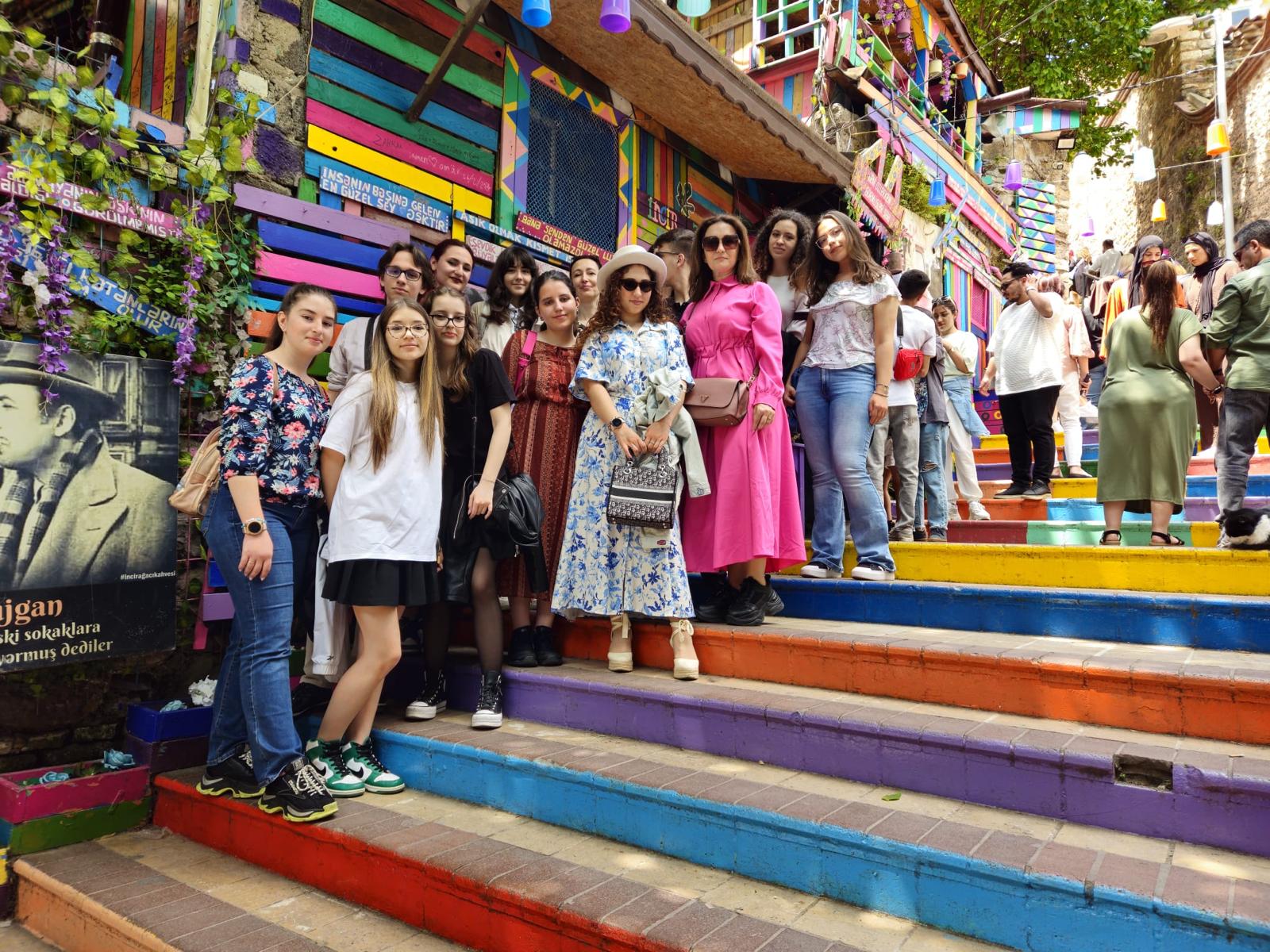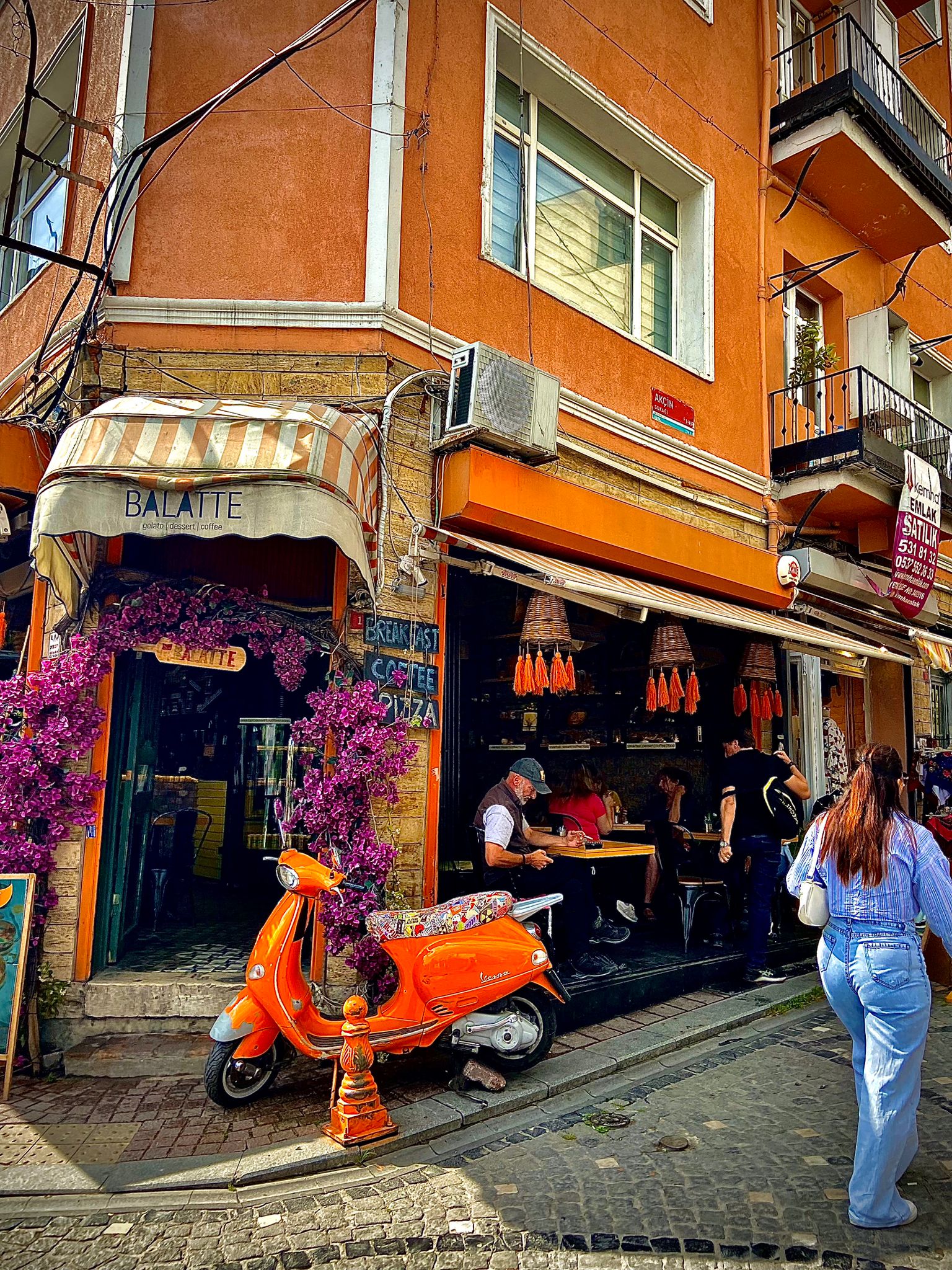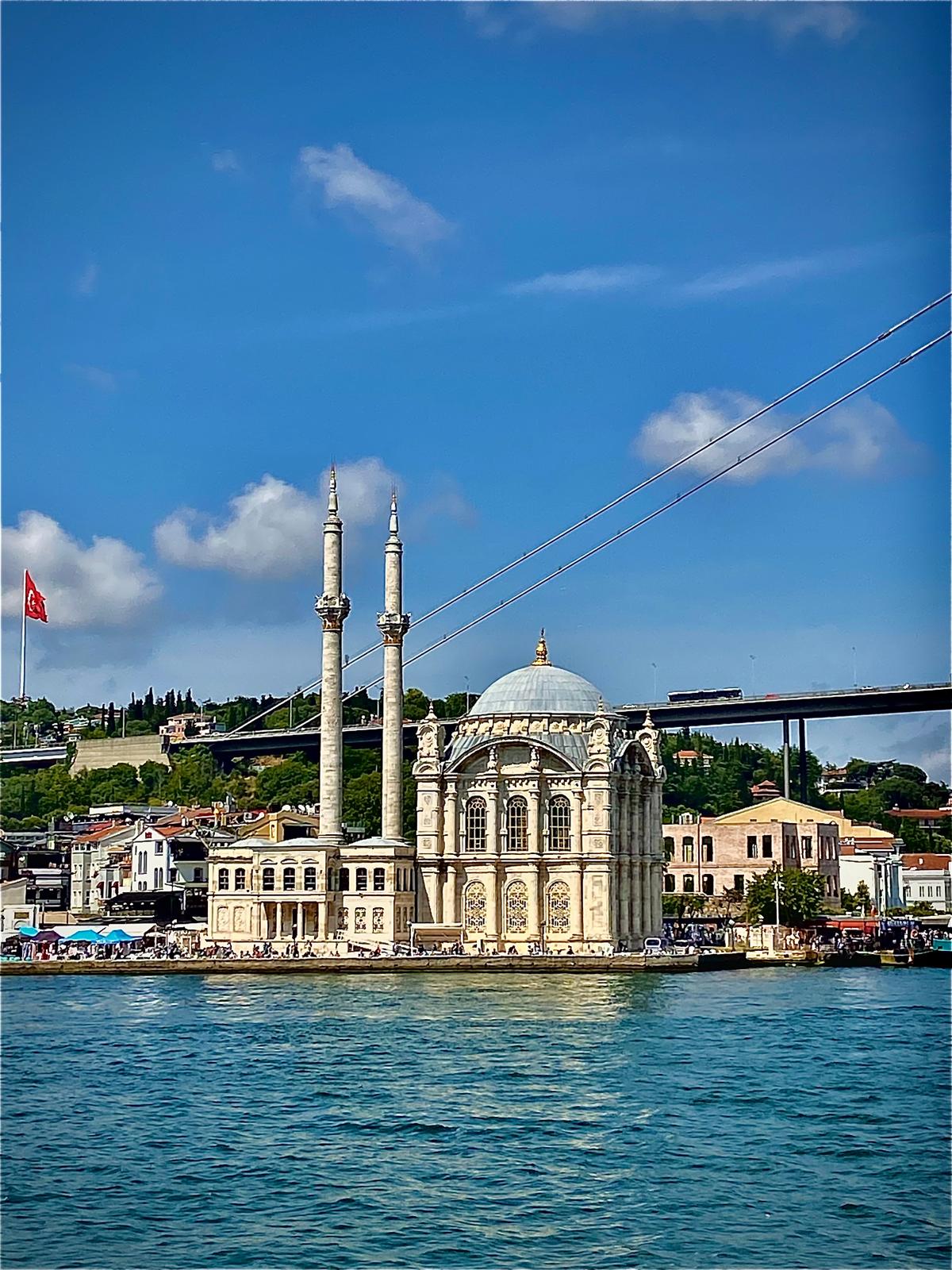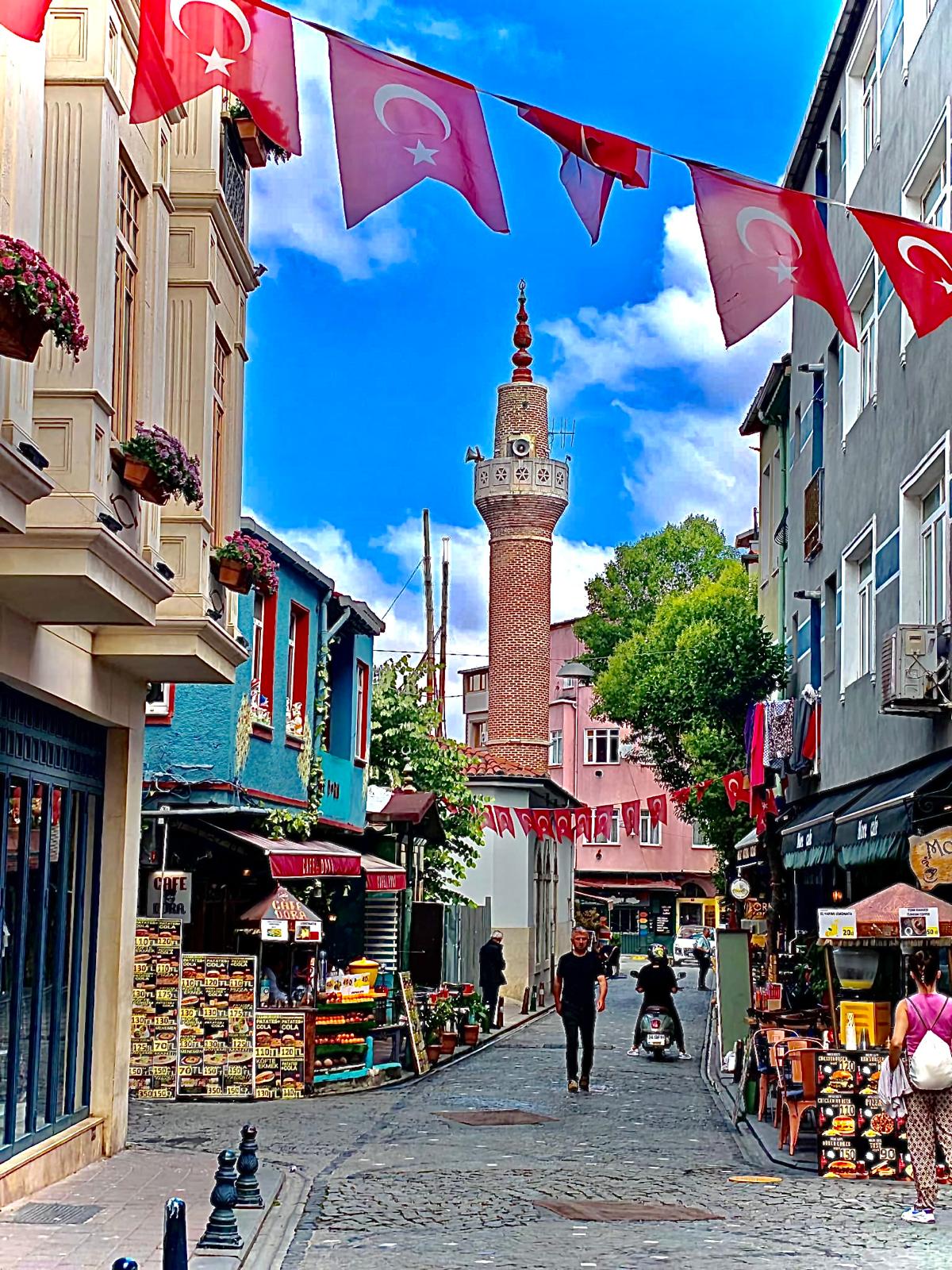BALAT NEIGHBORHOOD
A Timeless Bridge Between Romanian and Ottoman Histories
– Caloianu Andreea-Mihaela

Nestled along the Golden Horn, Balat is one of Istanbul's most vibrant and historically rich neighborhoods. Stepping into Balat feels like a journey through time, with its cobbled streets, colorful houses, and a blend of Jewish, Greek, and Armenian heritage that tells the story of Istanbul's multicultural past.
The visit to Balat was a sensory delight. The distant call to prayer from one of the many historic mosques frames the mesmerizing view from the top of the neighborhood. Although, in recent years, Balat has transformed into a hub for artists, having art studios, antique shops, and quirky cafés sprinkled throughout the area, adding to its unique charm, the history of the neighborhood never died. The architecture of the neighborhood captivated me immediately. Narrow streets lined with brightly painted houses create a picturesque scene reminiscent of a bygone era. These houses, many dating back to the 19th century, have been lovingly restored, their vibrant colors providing a stark contrast to the often gray and bustling cityscape of modern Istanbul.

However, a lesser-known but fascinating connection exists between Balat and Romanian history through the figure of Dimitrie Cantemir. Phanar Greek Orthodox College, the oldest surviving Greek Orthodox school in Istanbul, symbolizes centuries of rich educational heritage. Dimitrie Cantemir, a Moldavian prince and scholar, studied here at the end of the 17th century, enriching his knowledge that later influenced his significant works on Ottoman history and culture, thus creating a strong link between the history of Istanbul and the Romanian one.
In conclusion, Balat is more than just a picturesque neighborhood in Istanbul; it is a historical treasure trove that bridges Romanian and Ottoman histories through the legacy of Dimitrie Cantemir. My exploration of Balat was not just a walk through a beautiful neighborhood but a journey through time, uncovering connections that transcend borders and eras.
 |
 |
 |
 |